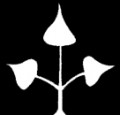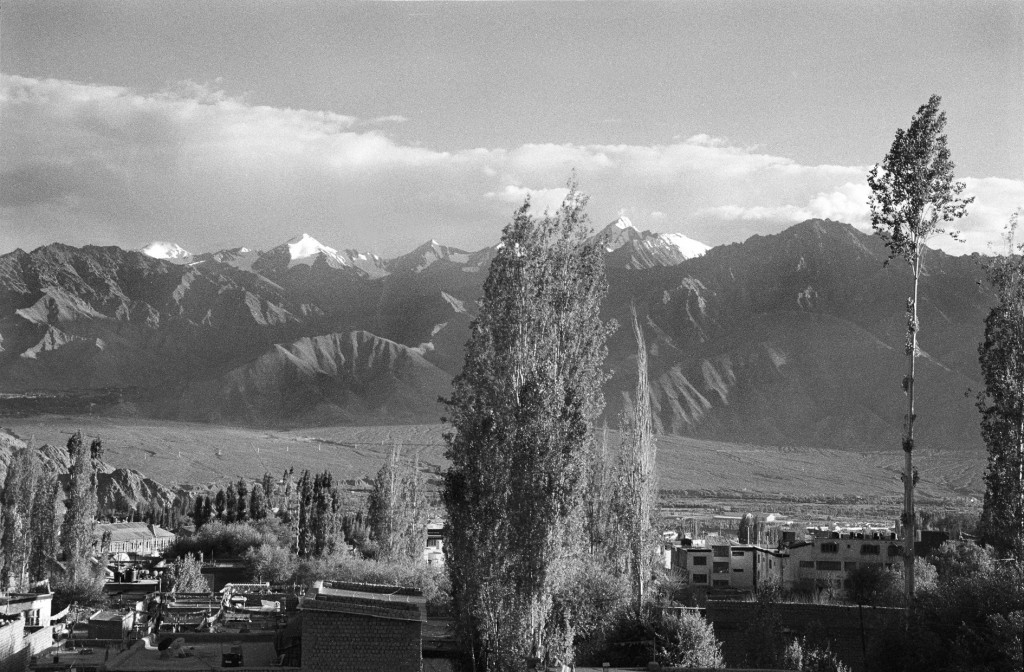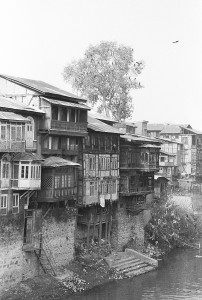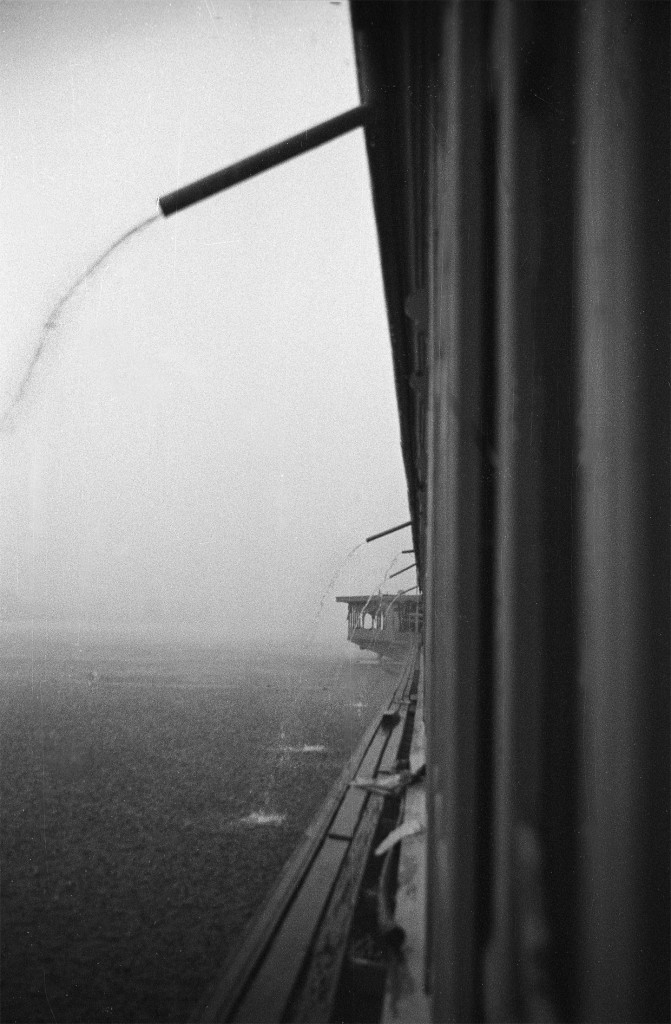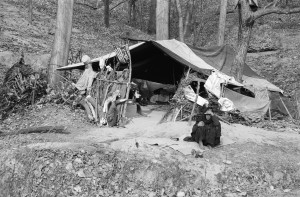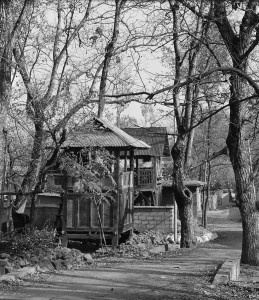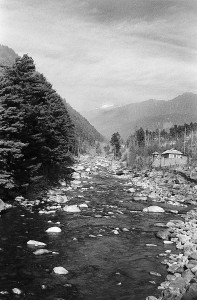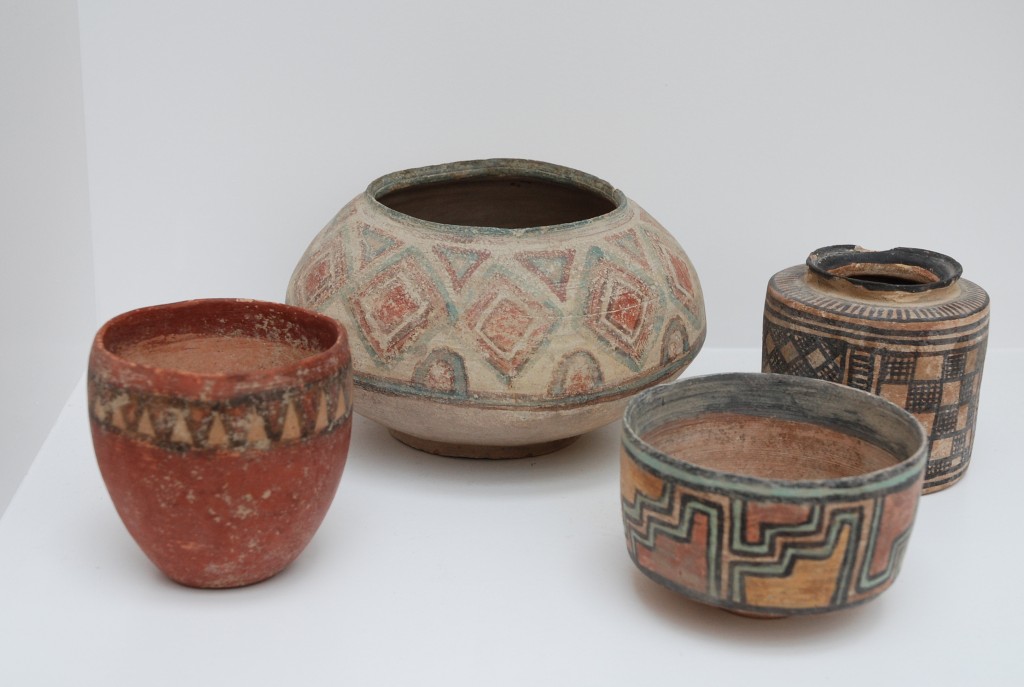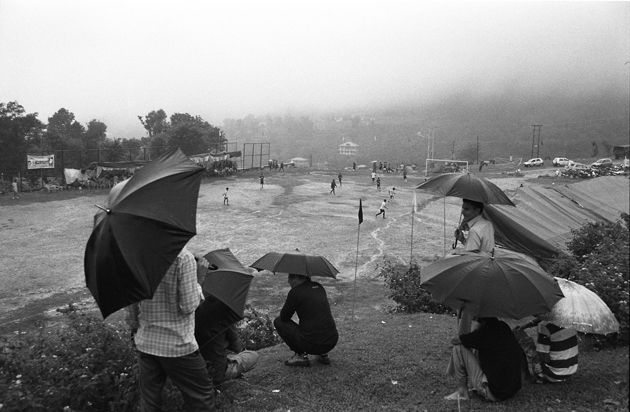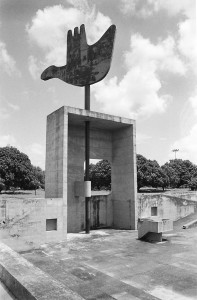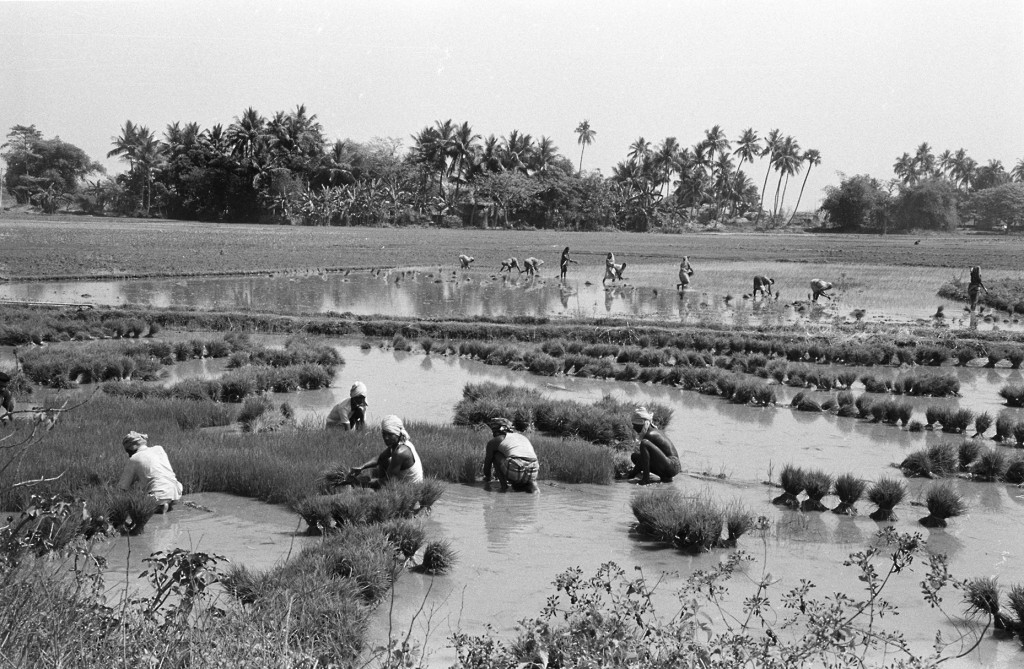It has been some fifteen months since my first and brief visit to Kashmir. In the meantime there were the disastrous floods but now it is autumn the light is bright, the chinar trees have turned a purplish red colour and there is mist over the water in the morning rising to a gentle haze across the valleys. Continue reading
Category Archives: Uncategorized
India: Early hydroelectric power – a piece of history
I have mentioned my family link with Mohra and the first hydroelectric power station in Kashmir. I need to expand on that as it has set me on a path which I hope is of general interest. Continue reading
Leh to Srinagar – Day 2
At Kargil the valley is quite wide and the Indus River heads North West across the Pakistan border, along the all-weather road through Skardu to Gilgit. This remains closed both ways after the 1948 Kashmir War. Continue reading
Leh to Srinagar – Notes after Day 1
Yesterday was exactly what I had hoped for, a memorable dramatic journey on the way from Ladakh to Kashmir. Now I am just over halfway to Srinagar Continue reading
Leh to Srinagar – Day 1
By any standards Ladakh or ‘the land of high passes’ is stunning, a high and mountainous plateau, barren, remote, sparsely populated, sprinkled with magical Buddhist monasteries, and views extending to the High Himalaya. Continue reading
Happy New Year and a great 2015
T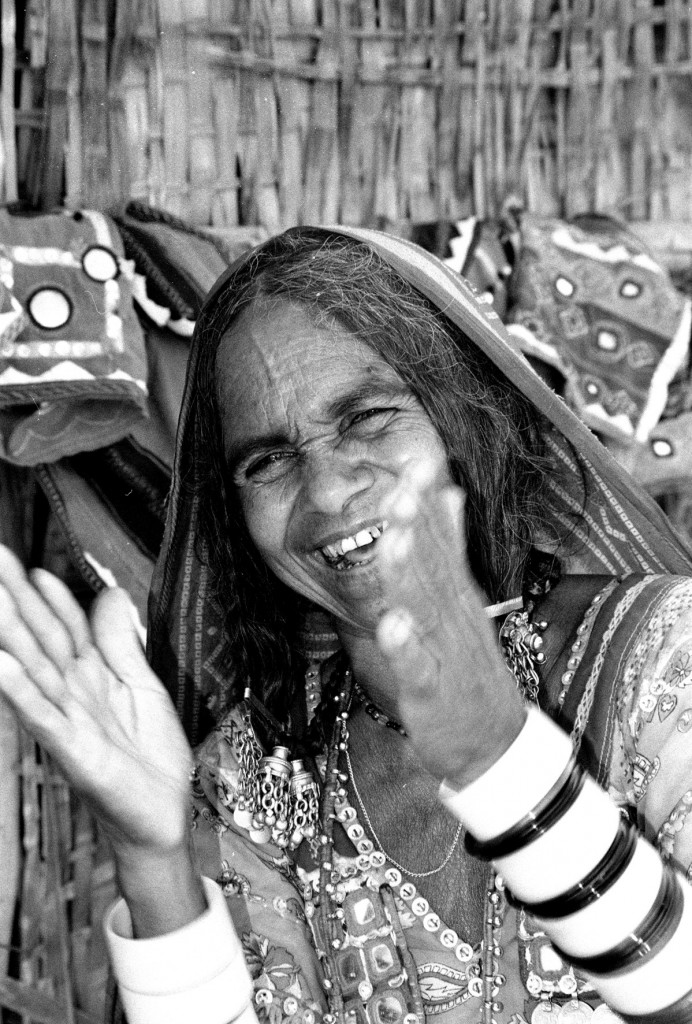 his photo of a Banjara Gypsy always cheers me up and I hope it does the same for you. It’s an old shot (2003) taken at Hampi, the capital of the Vijayanagara Empire in the Deccan which is a wonderful place in itself even though the Mughals rolled it over and the Empire ended in 1646. There is a lot to see and Hampi is a stunning World Heritage Site.
his photo of a Banjara Gypsy always cheers me up and I hope it does the same for you. It’s an old shot (2003) taken at Hampi, the capital of the Vijayanagara Empire in the Deccan which is a wonderful place in itself even though the Mughals rolled it over and the Empire ended in 1646. There is a lot to see and Hampi is a stunning World Heritage Site.
If you have not been there it is worth a pilgrimage.
Kashmir revisited 4
I have given no clue as to the distinctive character of Srinagar city itself. It took me by surprise two years ago and I must put this omission right. Anyone who has shares in corrugated iron must be very content as I have never seen so much anywhere in India, and brand new sheets are going up daily as repairs continue. In contrast there are many rather rickety but engaging timber framed buildings lining the banks of the River Jhelum; no doubt these were once bordering on palatial. And they are very practical structures which have outlasted many other buildings of brick or concrete construction.
Here is one snapshot taken from the high water mark of the flood that gives some idea of these unusual structures that seem out of place compared with many other buildings in the subcontinent. Maybe it is a symbol of Kashmir’s singular identity and political complexity.
Kashmir revisited 3
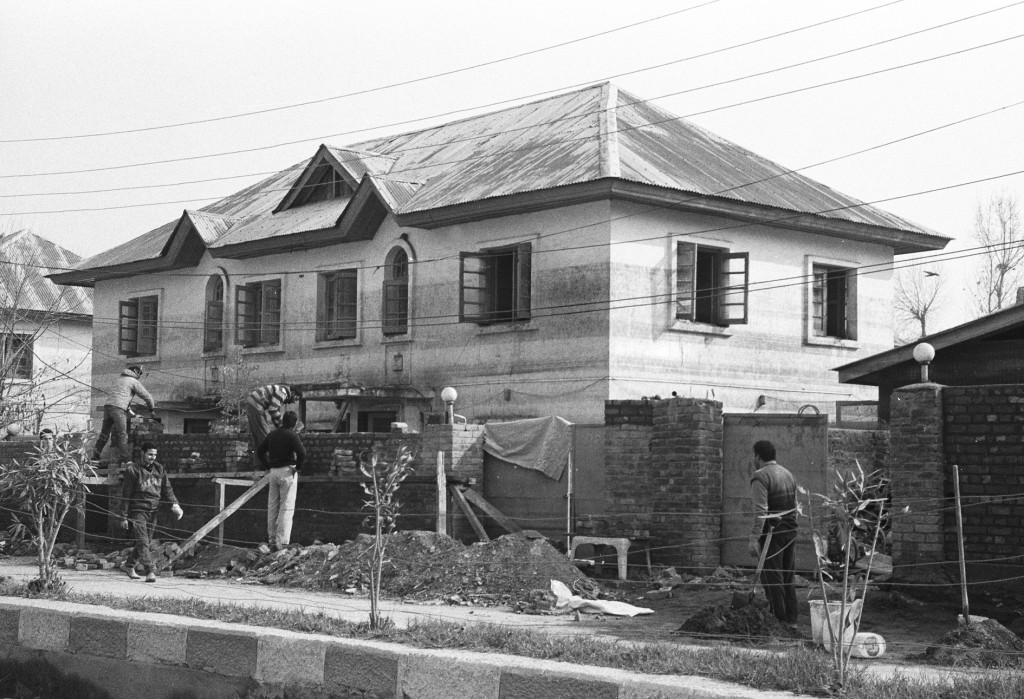 Just how high was the water in the floods? On the houseboat it was hard to tell except that it was possible to pick apples from the tops of the trees using a boat. At least 12’ perhaps 15’ ? In November I had to find a marker albeit from elsewhere. After exploring the city centre I came across an area of bland Government flats on the airport road well away from the river. The garden walls had gone and were nearly rebuilt but the tell-tale signs are still on the main rendered walls. The high water mark crosses the first floor windows and there are several lines below presumably as the sluice gates were able to drain away in stages. Incidentally many buildings in the centre are timber framed and flexible enough to resist the water pressure as well as the regular earthquakes. Much has been done and hopefully Kashmir will be back in business soon.
Just how high was the water in the floods? On the houseboat it was hard to tell except that it was possible to pick apples from the tops of the trees using a boat. At least 12’ perhaps 15’ ? In November I had to find a marker albeit from elsewhere. After exploring the city centre I came across an area of bland Government flats on the airport road well away from the river. The garden walls had gone and were nearly rebuilt but the tell-tale signs are still on the main rendered walls. The high water mark crosses the first floor windows and there are several lines below presumably as the sluice gates were able to drain away in stages. Incidentally many buildings in the centre are timber framed and flexible enough to resist the water pressure as well as the regular earthquakes. Much has been done and hopefully Kashmir will be back in business soon.
Kashmir: flashback – marooned
Just two months ago I was in a disaster zone. Much of Kashmir valley was flooded including Srinagar when the Jhelum River burst its banks in the city centre. I knew little of this as we were on a houseboat just rising with the water. Back home people have commented on ‘fear’, ‘strain’, ‘safety’, ‘escape’, etc. It was not like that; it was more to do with ‘uncertainty’. Our friends had the strain as their house was flooded, they had to keep the houseboats safe and take care of us. Much of it was fun in spite of the potential catastrophe. The city centre was even worse although we did not know it until TV was restored. Here is a short picture story of our gangplank link to the land that explains itself. What it does not convey is the very strange feeling of being without power and any IT connections, just total reliance on word of mouth.
Kashmir revisited 2
The sides of the valleys are often well cultivated with many apple orchards, pulses, zeera, maize, rice, and the much-prized saffron. Although the heavy rains of September damaged many crops some such as vegetables thrived which is just as well as some 80% of Kashmir’s population depends on agriculture.
Kashmir revisited 1
After the record-breaking floods of September, the worst since 1903, we decided to go back to Kashmir in November. The main purpose was to pass on direct aid to those friends we had made and who had looked after us so well. Many thanks to those friends in the UK who contributed. The help was much appreciated by the families. The water has gone but the house is very damp, panelling warped, windows likewise and there is the prospect of the Chillai Kalan (40 days when the temperature stays between minus 3°C and 13°C), so drying out will take some time. This not a good time for chest infections, asthma etc. particularly for the older ones. The children have the garden back and have a fine time particularly as they don’t go back to school until March because of imminent snow. Continue reading
Kashmir – from Nageen Lake
The view across the lake is idyllic, coloured houseboats, chinar trees, shimmering willows, vivid blue kingfishers, grebes, calm water with just a ripple from the breeze. Misty clouds and beyond to the mountains, even the sun is trying to get through. But something is wrong.
There are shrill agitated anxious voices and a baby cries from across the water. Small buildings that were fixed yesterday have gone. An elegant canoe passes silently but the woman with her spade paddle is not smiling and the boat is laden with huge knotted bundles of clothes, no lotus flowers today.
Now Kashmir is flooded. Five days and nights of continuous rain have run into the Jhelum River, a cloudburst way upstream has run into Sindh River; the pressure is relieved by sluices that flow into Dal and Nageen lakes. The clay stratum that contains the lakes now stops natural drainage; there is no natural outfall.
Our delightful Kashmiri hosts have had to leave their house, two more feet of water since midnight, some possessions salvaged, no electricity not even the generator, cell phone and Wi-Fi networks cut off, no mains water, and storage tanks empty. The children have long since been moved to cousins, no school of course. Laughter, another canoe goes by and our friend tells us that the cook who yesterday was still working up to his knees in water has been bitten by ants; “God must be really angry with him”.
The rain, the worst for 27 years, has stopped.
Kashmir, 8 September 2014
5000 year-old pots
When I started Pipal Press I was obsessed with the Indus Valley Civilisation and was collecting good examples of pottery from a proper source. Here is an excellent selection of 5000 year-old domestic pots probably from one of the main sites in Pakistan. The red conical beaker is rare as is the coloured pot (note the lack of decoration below the bulge so it could sit in sand). The other two show the geometric style and the much used blue lines which are symbolic rivers.
Later I learnt that new sites were being discovered in Gujarat and are being excavated now. Dholavira was a major port dating from about 2600 BCE (see p35 in the Kutch book) and now lies stranded apart from a causeway to Khadir Island in the Raan salt flats . There is much more about IVC to come from Kutch and Gujarat.
If this subject is of interest to others I would welcome comment. I can add some more.
Norbulingka Institute
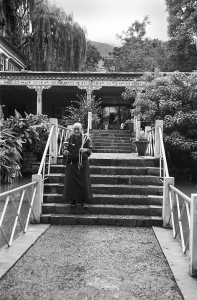 When everyone else was tiptoeing nimbly and swiftly up and down this steep wet hill I managed to trip UP these algae coated steps landing on an ear. When I came to I was faced by this kindly Buddhist nun who started spinning her prayer wheel vigorously. Her silent incantations did the trick.
When everyone else was tiptoeing nimbly and swiftly up and down this steep wet hill I managed to trip UP these algae coated steps landing on an ear. When I came to I was faced by this kindly Buddhist nun who started spinning her prayer wheel vigorously. Her silent incantations did the trick.
The Norbulingka Institute was founded in 1988 with the aim of preserving Tibetan culture in their Indian settlement. Among other things it is a centre for the arts including statue making, a thangka painting studio, appliqué, tailoring and intricate woodcarving. There is much fine work here and over 400 people taking part.
Not the World Cup
Note from my diary: “it was lucky that we had seen the Dalai Lama in Leh as he headed for Thiksey monastery for some peace and quiet. One reason for going to Dharamsala was to attend his public audience, instead we learnt that this place is the second wettest town in India and the monsoon had lingered a month more than usual.
We took to touring the countryside as the mists had dropped and it had started to rain again. In fact it was not unlike a very hilly Cornwall on one of those mizzling days only more so, rather attractive. Lots of trees, scrub, moors, rocky outcrops, ravines etc. and amazing streams. No babbling brooks here but raging torrents bursting over huge boulders and rushing into the mist.
Suddenly we turned a corner and there was a football match. Nine players on each side; the pitch was a flat puddly clay scrap of land on top of a hill, no white lines of course. There was a row of blue tarpaulins on each side for spectators. And some high netting to stop the ball rolling away into oblivion. It was a local Derby between Dharamsala and a neighbouring village – totally surreal.
Open hand – Chandigarh
When Punjab was divided at Partition in 1947 India’s first Prime Minister Jawaharlal Nehru resolved to build a new State capital city “..symbolic of freedom of India unfettered by the traditions of the past….. an expression of the nation’s faith in the future”.
In 1950 Americans Albert Mayer and Mathew Novicki evolved a fan shaped masterplan but the latter was killed in a flying accident and Mayer pulled out. In 1951 Le Corbusier was appointed and developed the plan using a grid layout that was carefully planned using Sectors for different uses like a post-war Garden City on a human scale. English architects Maxwell Fry and Jane B Drew were principal members of Corb’s team. The Government buildings in Sector 1 are striking examples of the remarkable architecture. Other Sectors provide self-contained neighbourhoods complete with shops, schools. Great care was taken to use vast louvres for sunscreens and natural airflow, trees, and lakes to give an optimum environment.
Corb used ‘The Open Hand’ (La Main Ouverte) widely as a symbol for “peace and reconciliation. Open to give – Open to receive.” This one is 26 metres high and in addition to its symbolism it pivots and is a weathervane. The open space with the pulpit is for public meetings.
